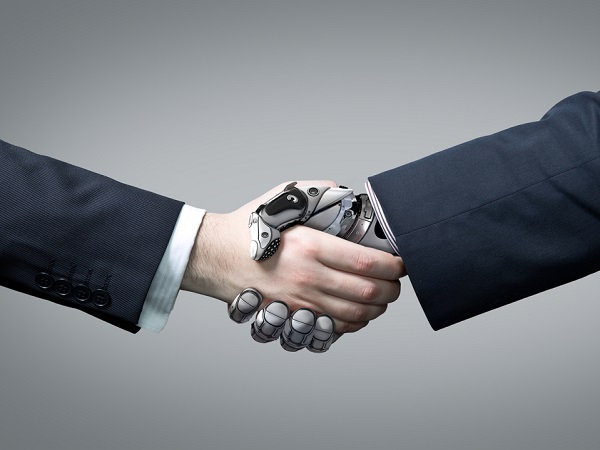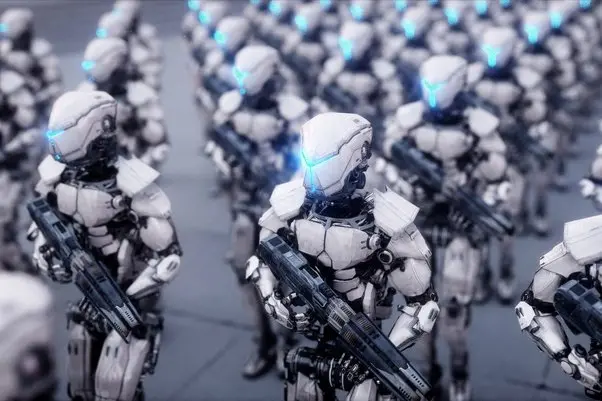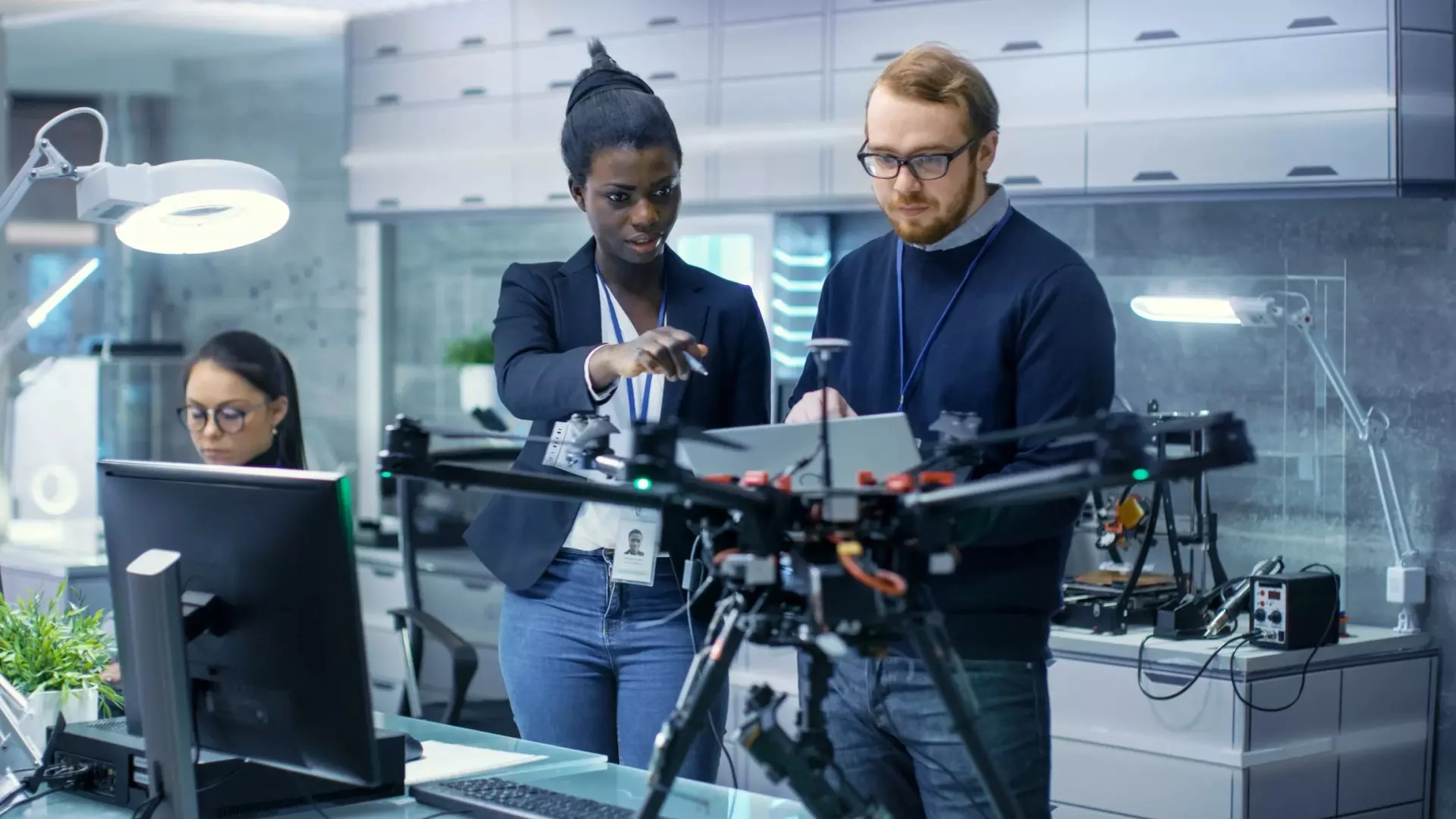Comments
- No comments found

Technology has undoubtedly brought numerous benefits to humanity. However, there are also concerns about its potential negative effects.
The rapid pace of technological progress has undeniably reshaped the world in remarkable ways. From artificial intelligence to gene editing, our ability to manipulate the fabric of reality seems boundless. Yet, amid the awe-inspiring achievements, concerns about the implications of our creations are growing. Could the same technologies that elevate us also be our undoing?

As we embrace innovations that promise to solve complex problems and enhance our lives, we find ourselves at a crossroads. On one hand, technology has democratized information, revolutionized healthcare, and connected people across continents. On the other hand, the unchecked proliferation of artificial intelligence, for instance, raises ethical and existential questions. The duality of technological advancement requires us to tread carefully as we shape our collective destiny.
One of the pressing concerns accompanying technological growth is its environmental impact. The very devices designed to make our lives more efficient contribute to e-waste and energy consumption. Can our pursuit of progress coexist harmoniously with the planet we call home? Innovations aimed at sustainability and renewable energy sources offer glimpses of hope, but the balance remains delicate.
Artificial intelligence, once confined to the realm of science fiction, is now an integral part of our lives. As algorithms influence decision-making processes and automation reshapes industries, the boundary between human intellect and machine prowess blurs. The existential question emerges: can humanity retain its uniqueness and retain control as technology becomes increasingly integrated into our daily existence?
Innovation often outpaces ethical frameworks and regulations. The emergence of autonomous vehicles, for instance, begs questions about liability in the event of accidents. Similarly, the potential misuse of genetic engineering raises concerns about playing god with the building blocks of life. Striking a balance between scientific exploration and responsible usage becomes paramount.

The notion that technology alone spells our demise is an oversimplification. Our destiny rests in our hands. We must evolve from mere creators to stewards of technology, guiding its development in ways that amplify our strengths while mitigating risks. Collaboration between governments, industries, and academia is essential to creating robust regulatory mechanisms that harness innovation while safeguarding our shared future. The question of whether technology will lead to humanity's downfall is complex and multifaceted. It demands a holistic perspective that acknowledges both the tremendous potential and the genuine risks. As we venture forth, let us remember that the power to shape our destiny lies within us. By embracing innovation with conscientious stewardship, we can steer humanity toward a future where technological progress becomes a beacon of hope, not a harbinger of doom.
Leave your comments
Post comment as a guest